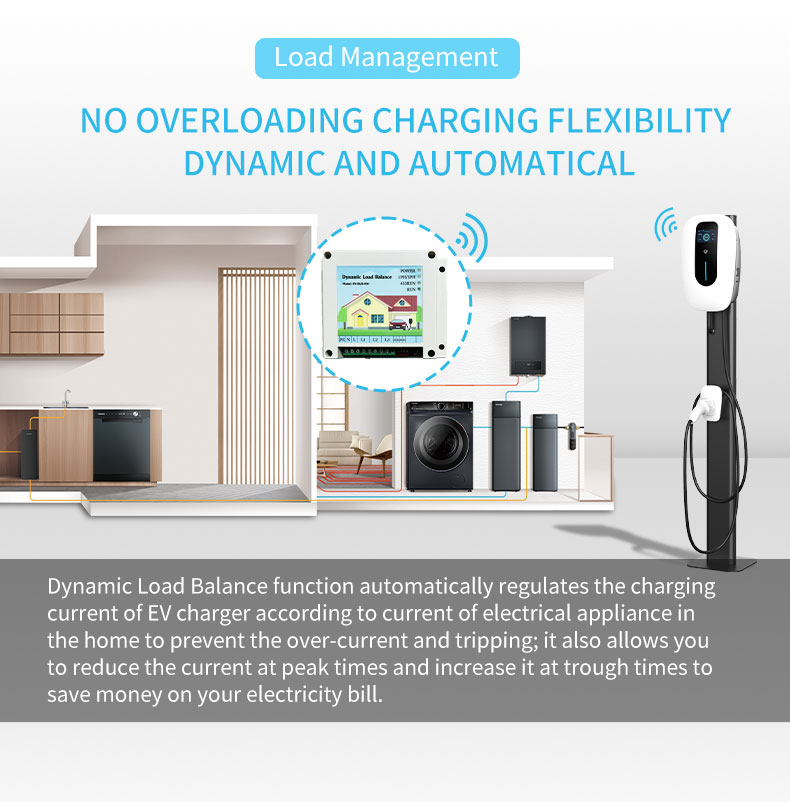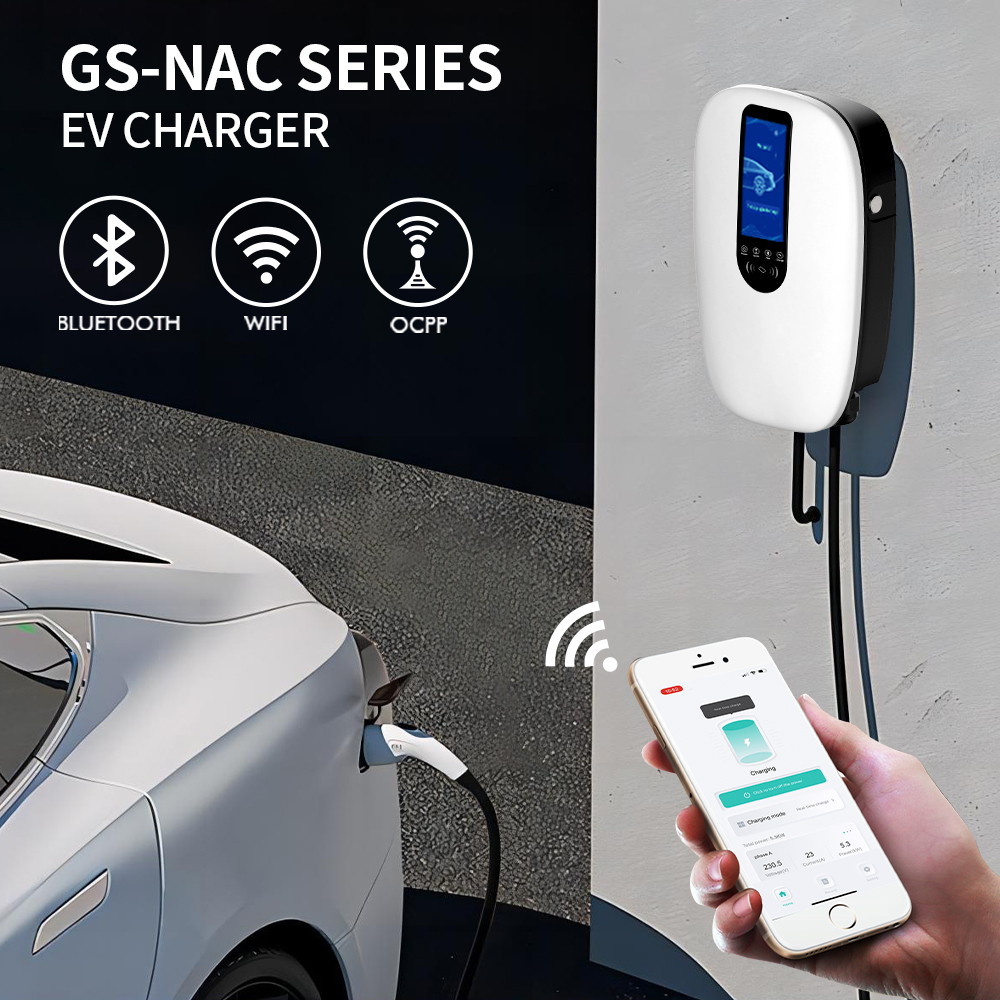Dynamic Load Balancing for home EV (Electric Vehicle) charging is necessary to ensure the efficient and safe integration of electric vehicles into the power grid. As more and more households adopt electric vehicles, the demand for electricity to charge them increases significantly. Without proper load balancing mechanisms in place, this surge in demand can strain the grid, lead to overloads, and compromise the reliability of the entire electrical system.
Grid Reliability: Home EV charging, especially during peak hours, can create spikes in electricity demand. Without load balancing, these spikes can overwhelm the local grid infrastructure, leading to brownouts or blackouts. Dynamic load balancing helps distribute the load evenly across the grid, reducing the risk of overloads and ensuring grid reliability.
Cost Management: Peak electricity demand often incurs higher costs for both consumers and utility companies. Dynamic load balancing allows for intelligent scheduling of EV charging, encouraging users to charge during off-peak hours when electricity rates are lower. This helps homeowners save money on charging costs and minimizes the impact on the grid during peak periods.
Optimized Charging: Not all EVs need a full charge every time they are plugged in. Dynamic load balancing can assess the battery state of charge, the driver’s schedule, and real-time grid conditions to determine the optimal charging rate. This ensures that EVs are charged as efficiently as possible, reducing energy waste.
Grid Integration: As electric vehicles become more widespread, they can potentially serve as distributed energy resources. With dynamic load balancing, EVs can be integrated into the grid in a way that benefits both the grid and the EV owners. For instance, EVs can be used to provide grid services, such as load balancing or energy storage during peak demand.
Safety: Overloading circuits can lead to electrical fires and damage to electrical equipment. Dynamic load balancing prevents overloads by managing the charging process, ensuring that it stays within safe limits and preventing potential hazards.
Future-Proofing: With the continued growth of the electric vehicle market, dynamic load balancing is essential for future-proofing the electrical infrastructure. It allows grid operators to adapt to changing demand patterns and integrate new technologies, such as higher-capacity EV chargers and renewable energy sources, seamlessly.
User Experience: Dynamic load balancing can also improve the user experience by providing real-time information on charging rates, estimated charging times, and cost-saving opportunities. This empowers EV owners to make informed decisions about their charging habits.
In conclusion, dynamic load balancing is necessary for home EV charging to ensure the efficient, safe, and sustainable integration of electric vehicles into the electrical grid. It benefits both consumers and utility companies by reducing costs, improving grid reliability, and optimizing the use of electricity. As the adoption of electric vehicles continues to grow, implementing dynamic load balancing systems becomes increasingly important to support this transition and make it as smooth as possible.
Eric
Sichuan Green Science & Technology Co., Ltd.
WhatsApp: 0086-19113245382 | Email: sale04@cngreenscience.com
Website: www.cngreenscience.com
Office Add:Room 401, Block B, Building 11, Lide Times, No. 17, Wuxing 2nd Road, Chengdu, Sichuan, China
Factory Add: N0.2, digital Road, Pidu District, Chengdu, Sichuan, China.
Post time: Sep-20-2023






